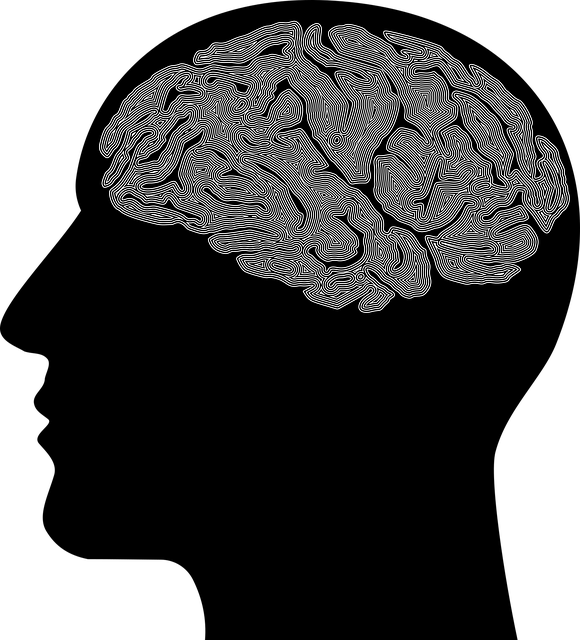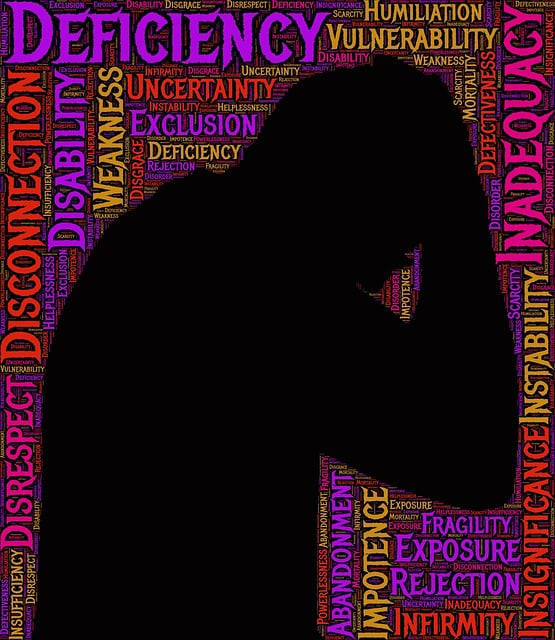Highlands Ranch post-traumatic stress disorder (PTSD) therapy emphasizes risk assessment and harm minimization for effective treatment. Therapists use techniques like emotional intelligence to identify triggers, relapses, and client-specific challenges, implementing strategies like cognitive behavioral therapy (CBT), eye movement desensitization and reprocessing (EMDR), and mental wellness journaling exercises. Community outreach programs and continuous evaluation ensure personalized care, improving therapy outcomes and overall well-being. This holistic approach, coupled with efforts to reduce stigma, enhances the quality of PTSD care in Highlands Ranch.
In the realm of healthcare, particularly in treating complex conditions like Highlands Ranch Post-Traumatic Stress Disorder (PTSD) therapy, risk assessment and harm minimization planning are paramount. This comprehensive guide explores the intricate process of understanding risk assessment as a foundational step for safe therapy. We delve into identifying and evaluating potential harms specific to Highlands Ranch PTSD treatment settings, offering strategic interventions through robust minimization plans. Continuous evaluation ensures adaptability in long-term care, ultimately enhancing patient safety and outcomes.
- Understanding Risk Assessment: A Foundation for Safe Therapy
- Identifying and Evaluating Potential Harms in Highlands Ranch PTSD Therapy
- Developing a Comprehensive Minimization Plan: Strategies and Interventions
- Practical Implementation: Navigating the Process with Care and Effectiveness
- Continuous Evaluation and Adaptation: Ensuring Safety in Long-Term PTSD Treatment
Understanding Risk Assessment: A Foundation for Safe Therapy

Risk assessment is a fundamental process in therapy that involves identifying potential hazards and evaluating their likelihood and severity to ensure safe practice. For Highlands Ranch Post-Traumatic Stress Disorder (PTSD) Therapy, understanding this concept is crucial for tailoring effective treatment plans. Therapists must carefully assess various risks, including emotional triggers, relapses, or any unique challenges specific to each client’s background and experiences.
This foundational step allows therapists to implement harm minimization strategies. By anticipating potential issues, they can offer proactive guidance, such as self-esteem improvement techniques or mental wellness journaling exercises, to empower clients with coping mechanisms. Additionally, the community outreach program implementation can further support clients by fostering connections and providing additional resources, contributing to a holistic approach to therapy and overall well-being.
Identifying and Evaluating Potential Harms in Highlands Ranch PTSD Therapy

In Highlands Ranch Post-Traumatic Stress Disorder (PTSD) therapy sessions, a thorough understanding and identification of potential harms are paramount to ensuring safe and effective treatment. Therapists must carefully assess each client’s unique circumstances, including their trauma history, current emotional state, and coping mechanisms. By employing strategies like emotional intelligence and emotional well-being promotion techniques, therapists can gain valuable insights into the client’s ability to regulate emotions and manage stress.
Evaluating potential harms involves a nuanced approach that considers both immediate risks and long-term impacts. For instance, emotional regulation challenges commonly associated with PTSD may include flashbacks, nightmares, or intense anxiety. Therapists should be adept at recognizing these signs and implementing harm minimization strategies accordingly. Through tailored interventions and an empathetic approach, therapists can foster a safe therapeutic environment that promotes emotional intelligence, enhances emotional well-being, and ultimately supports clients in managing their PTSD symptoms effectively.
Developing a Comprehensive Minimization Plan: Strategies and Interventions

Developing a comprehensive harm minimization plan involves strategic interventions tailored to address potential risks and promote mental wellness. For individuals dealing with post-traumatic stress disorder (PTSD), such plans can significantly enhance their recovery journey. In Highlands Ranch, PTSD therapy plays a pivotal role in this process, offering specialized treatments that target the unique challenges faced by patients. Therapists employ evidence-based strategies like cognitive behavioral therapy (CBT) and eye movement desensitization and reprocessing (EMDR) to help individuals process traumatic memories and develop healthy coping mechanisms.
Beyond individual therapy, burnouts prevention initiatives and public awareness campaigns development can contribute to a broader harm minimization strategy. By raising mental health literacy, these efforts empower communities to recognize signs of distress early on and provide support systems that foster resilience. This collective approach ensures that individuals affected by PTSD or at risk of burnout receive the necessary resources, ultimately contributing to improved public wellness and well-being.
Practical Implementation: Navigating the Process with Care and Effectiveness

Implementing a risk assessment and harm minimization plan requires meticulous care and strategic execution. Mental health professionals in Highlands Ranch Post-Traumatic Stress Disorder Therapy (PTSD) settings must approach this process with both sensitivity and rigor. A thorough risk assessment involves understanding not only potential hazards within the environment but also the unique vulnerabilities of each client. By integrating this assessment into routine practice, professionals can identify and mitigate risks effectively, ensuring a safe therapeutic space.
Effective planning includes tailored interventions for individual clients, considering their specific mental health conditions, such as PTSD, alongside ongoing stress management strategies to foster resilience. Moreover, addressing Mental Illness Stigma Reduction Efforts is integral to creating an inclusive environment that encourages open dialogue and promotes effective treatment outcomes. Through these comprehensive approaches, risk assessment becomes a powerful tool for professionals in Highlands Ranch, enhancing the overall quality of mental health care delivery.
Continuous Evaluation and Adaptation: Ensuring Safety in Long-Term PTSD Treatment

In the long-term treatment of Post-Traumatic Stress Disorder (PTSD) in Highlands Ranch, continuous evaluation and adaptation are paramount to ensure patient safety and mental wellness. This dynamic approach involves regularly assessing the individual’s symptoms, triggers, and overall well-being, allowing therapists to adjust treatment plans accordingly. By integrating Mental Wellness Journaling Exercises into therapy sessions, professionals can facilitate self-awareness among clients, empowering them to identify and manage potential stressors effectively. Such proactive measures are essential components of Risk Management Planning for Mental Health Professionals, fostering a supportive environment that encourages open communication and continuous improvement.
Through regular evaluation, therapists can gauge the effectiveness of established interventions and incorporate new strategies as needed, ensuring that each patient receives personalized care tailored to their unique needs. This ongoing process not only minimizes risks but also enhances the overall therapeutic experience, enabling individuals to navigate their PTSD journey with increased resilience and improved coping mechanisms.
Highlands Ranch post-traumatic stress disorder (PTSD) therapy benefits greatly from a robust risk assessment and harm minimization planning process. By understanding the foundational principles outlined in this article, therapists can ensure a safe and effective treatment environment. Through identifying potential harms, developing comprehensive strategies, implementing practical solutions, and continually evaluating the plan’s effectiveness, practitioners can significantly mitigate risks and enhance patient outcomes in the long term. These steps are essential for navigating the complexities of PTSD therapy with care and precision.














